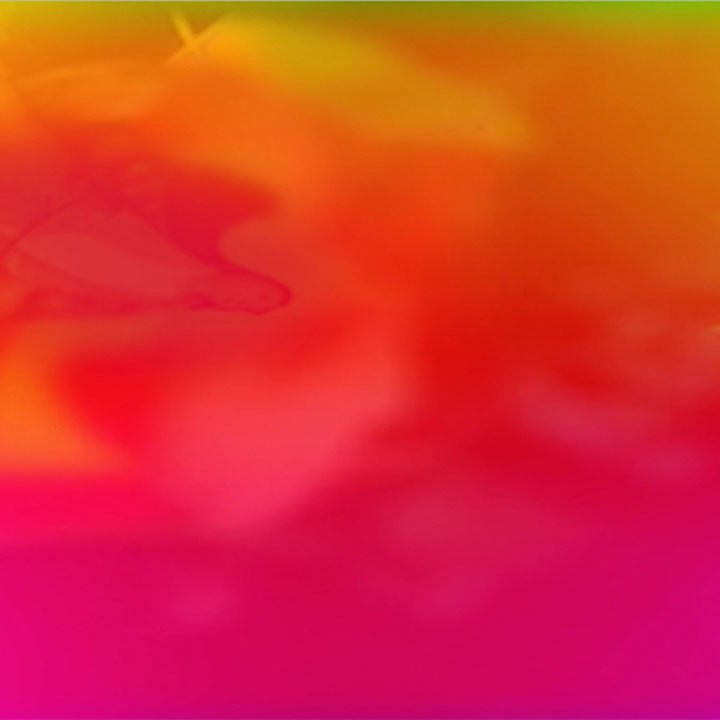Considering Azerbaijan’s art community as a collective consciousness consisting of five levels (or strata) and resembling a mandala, the speaker will perform an original analytical introspection, shifting attention from the more peripheral levels to the central, vacuous one…
Despite the fact that 28 year have passed since disintegration of the Soviet Union and the union’s former countries have more or less integrated into the global community, a certain whole that constitutes a common mental field of this geocultural space still exists. It doesn’t matter whether we call it the Russian Empire, the Soviet Union, or the Eurasian space. The main thing is that the peoples inhabiting this territory will, one way or another, continue to interact with each other on various levels and independently of changing political environments. Since contemporary art operates as the most mobile and transnational form of culture today, it is extremely interesting to analyze its internal architectonics. The structure of the art community of one of the former Soviet countries, Azerbaijan, can (with certain reservations) be extrapolated onto the situation in other post-Soviet republics. Although it is possible that the situation of art in these countries may differ. However, there is some certainty that the questions posed by contemporary artists, curators, and thinkers are universal for all the players on the field. What (if anything) makes the contemporary art of these countries contemporary and of interest to the international art world? How successful have the artistic elites of the former Soviet countries been in overcoming their secondariness (for which read “inferiority complex”) within the authentic Western cultural context and in freeing themselves from the image of exotic (aboriginal) cultures that may be popular in the West? And how legitimate is it to discuss contemporary art in the framework of national cultural formats when it has long been personalized par excellence?

